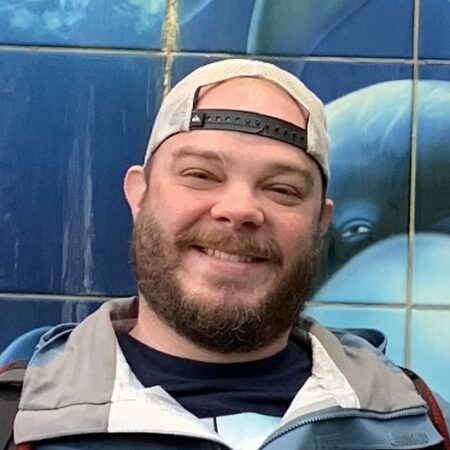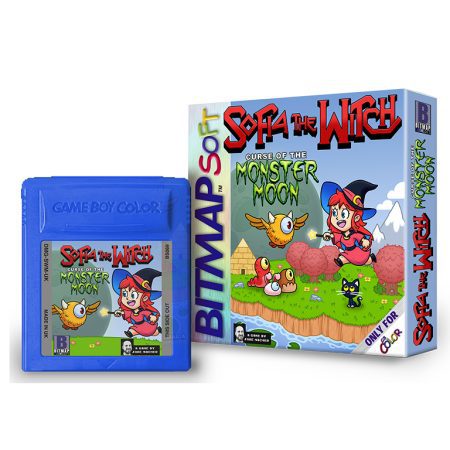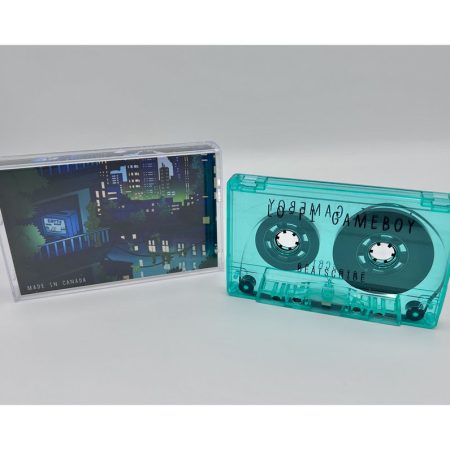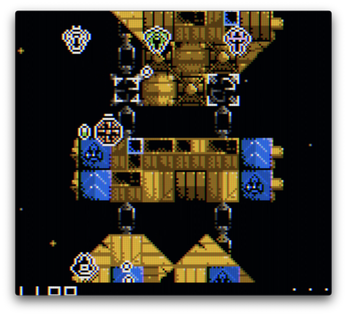April is Autism Acceptance month, and I took some time to chat with Kurtis Bunker, founder of BiFrost Bridge Studios. We spoke about our experiences raising neurodiverse children, and using multiple forms of media, including gaming, as a tool to help foster relationships and creativity.
Having a difficult childhood, Kurt decided he would try his hand going into social work. Wanting to help others, especially those with traumatic experiences, was his end goal. The path there wasn’t as clear cut as he initially thought. “I burned out before the practicum was really done almost, and so I was able to reinvent myself on the fly … I basically created my own degree, a Bachelor of Technology and Social Sciences.” Having an affinity towards technology and that drive to help pushed him along to develop systems that would blend the two worlds together. But this too would prove challenging to sustain as the years progressed.
“I thrived for about a decade and a half just kind of climbing a ladder. It was never about that, but making my way to a position of architecture, I love to design and vision. Then you know, you get to a point where all that stuff and my childhood… I wasn’t able to ignore that any longer, and had pretty much a mental collapse. You know, mental breakdown and disappeared from the world. I haven’t talked to certain people since that point and I just kind of reinvented myself again and said let’s swing back the other way towards humanity.”
From that point Kurt started focusing his time more on his children.
“My kids all have sensory processing disorders, but my oldest and youngest specifically are diagnosed autistic and they have communication issues. I suffer from a lot of it myself, but you know some of the communication areas I was able to understand. I guess the different language and the different ways they would sync together, and it would be a marvel just to sit next to them and listen. I got an art table when I think the youngest was about two, and as they talked to each other (and they chirp noises sometimes not even real words), I started drawing into like 20 squares saying, ‘These are 20 pages, tell me what you want me to draw.’ So I drew it out and they could color it and I just took pictures of it all. I was able to immerse in these worlds with them. When things kind of melted down I said, ‘Hey, if I can educate myself for a new growing field of computational social science and ethics, I’m gonna take a lot of the resources that I built up with a successful career and kind of triple invest into my kids, so they won’t be ripped in and out of school with their condition.'”
Kurt noticed that one area in particular was a powerful tool in helping bridge that communication gap, and it was their shared love of popular culture.
“The thing that stuck with me the most, sitting in these waiting rooms while my children were waiting for an occupational therapist or whatever type of therapy, with many people with different disabilities in the room, I would migrate to a whiteboard and see if there were people in the room that loved fanfiction. And you have a huge love of fanfiction in the neurodiverse world. We basically were trying to create a community, and I was able to very quickly create one within these clinics through whiteboarding these ideas. I saw their eyes light up and the world explode as they started to realize that being a fan of something is not just an obsession, it’s a creative outlet and the capabilities and the ideas that these children came up with…”
Kurt began building stories that branched from the worlds of popular media franchises like Star Wars. Using that world as the basis allowed him to connect with his children and build out ideas and provide some creative outlets for them. Kurt leveraged his strength in technology to help his children communicate, using Artificial Intelligence (AI) tools like GPT-3 to generate stories based on sentences they would feed into the system.
“It brought ideas out of my kids like wildfire. You go in there, it asks for like 100 characters or 100 words to train the AI, and then it would write the first sentences. Most of the time it would generate some great stuff. It would just spit it on the screen and the kids would either reject or accept it. We might delete a sentence or two ourselves or add one here or there and then let it write about five or ten more. It’s incredible for fanfiction because it has this power – it has the entire Internet to draw from, so yeah, fantastic.”
From these early experiments, Kurt started to explore what were the core elements of the experiences that fascinated his children and began pulling stories out of them that played on these elements. As the parent of a neurodiverse child myself, this is an exercise I love to do at home, and we’ve built some pretty powerful works from their ideas. Kurt took it further by starting to build his children’s ideas into the transmedia work, “Gaia’s Seed”.
Following the guidance of his children, and working in the mediums they enjoy, Gaia’s Seed’s story is built around the understanding (and sometimes misunderstandings) around Artificial Intelligence, and how it can be used for both harm and good. Kurt plans to release parts of the story in both comics, a tabletop game and as a traditional JRPG. When it came time to decide which engine and platform they should use for the game portion, GB Studio came up as an option.
“A graphic novel, that was my eldest’s idea, my middle one wanted a board game and my youngest, he loves Game Boy. He loves retro gaming. We do play a lot. My kids were playing with GB Studio already, and I said to them, ‘Hey guys, I don’t want you to go outside your comfort range. Let’s practice on GB Studio.’ I say practice, I think it’s going to present numerous challenges to us that are harder than modern game development. We’re going to really iron out the story and capability of the characters early.”
I’ve been following Kurt’s progress, and regardless of any official game release, I think he’s set up a great framework for others to model when it comes to working with neurodiverse children. Typical learning methods can often be ineffective, and one must find unique solutions that best allow for them to learn. If children (and adults for that matter) are passionate about the work they are doing, they are more likely to focus on it and see it through to its completion. Video Games and popular media can also remove some of the barriers for social interaction. As Kurt mentioned earlier, creating communities around common interests was a tool he used to bring his children into those interactions. This is also something that has been reported on and could prove useful when building a learning plan for those with neurodiversity.
Reflecting on BiFrost Bridge Studio’s journey, Kurt had this to say:
“Our goal is to create opportunities for the neurodiverse, particularly the young. Temple Grandin is trying to help children with Autism but also neurotypical children as well. Her message is about finding one’s passion and using that as the key to growth and success. She talks about her Science teacher being a huge contributing factor to her love of science. We couldn’t agree more that kids need mentorship and passion to succeed. We just happen to be passionate about gaming and fanfiction here at BiFrost and we are trying to use that to inspire other neurodiverse fans.”
Kurt has created social media accounts across many platforms to extend his message and reach. You can find their work on these platforms: Twitter, Facebook and Instagram. They also have a LinkedIn, and YouTube channel and the main BiFrost Bridge Studios website if you want to get more information. If you’re interested in supporting their projects, you can check out their Gumroad page for works they’ve published.

Audio Engineer, Mac Technologist and Video Game Developer. Managing Editor of GBStudio Central. (he/him)





